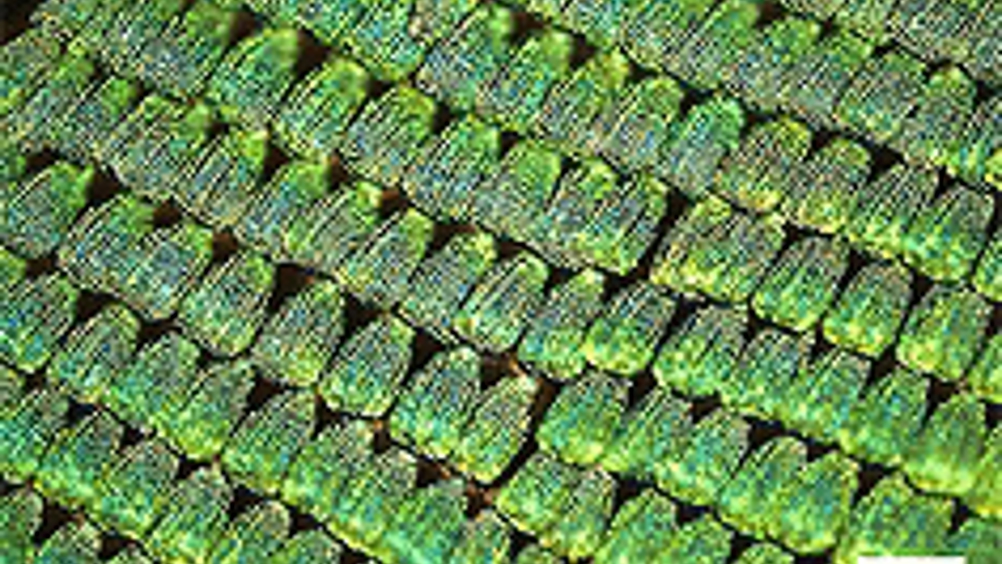Butterfly encryption technique
Replicating the structure and colours in butterfly wings could lead to better encryption of optical signatures found on bank notes, credit cards and other items desirable to forgers.

According to Cambridge University, the colours found in butterfly wings do not rely on pigments. Instead, they are produced by light bouncing off microscopic structures on the insects’ wings.
Mathias Kolle, working with Prof Ullrich Steiner and Prof Jeremy Baumberg of Cambridge University, studied the Indonesian Peacock or Swallowtail butterfly, whose wing scales are composed of intricate, microscopic structures that resemble the inside of an egg carton.
Because of their shape and the fact that they are made up of alternate layers of cuticle and air, these structures produce intense colours.
Using a combination of nanofabrication procedures - including self-assembly and atomic layer deposition - Kolle and his colleagues made structurally identical copies of the butterfly scales and these copies produced the same vivid colours as the butterflies’ wings.
‘We have unlocked one of nature’s secrets and combined this knowledge with state-of-the-art nanofabrication to mimic the intricate optical designs found in nature,’ said Kolle.
Register now to continue reading
Thanks for visiting The Engineer. You’ve now reached your monthly limit of news stories. Register for free to unlock unlimited access to all of our news coverage, as well as premium content including opinion, in-depth features and special reports.
Benefits of registering
-
In-depth insights and coverage of key emerging trends
-
Unrestricted access to special reports throughout the year
-
Daily technology news delivered straight to your inbox










Water Sector Talent Exodus Could Cripple The Sector
Maybe if things are essential for the running of a country and we want to pay a fair price we should be running these utilities on a not for profit...